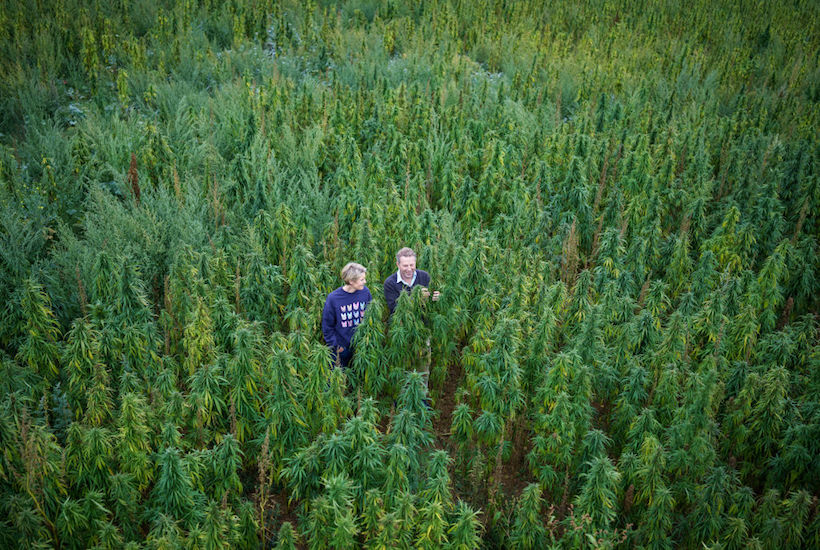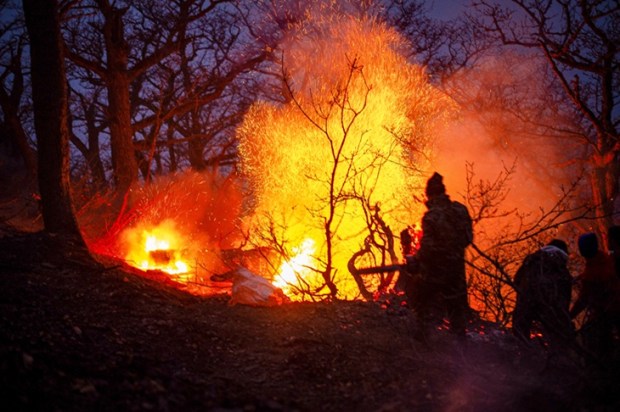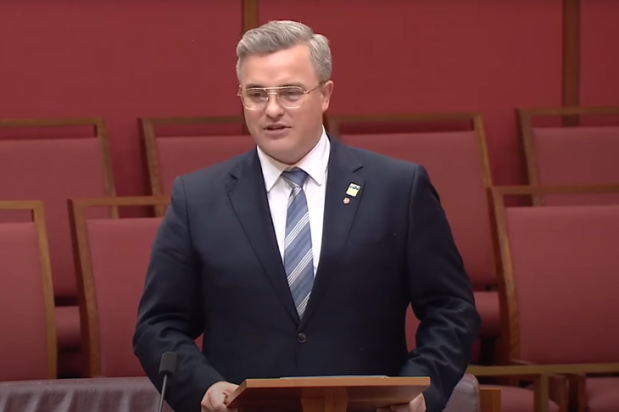Glasgow’s favourite son, Billy Connolly, once observed that the natural colour of the average Scotsman is light blue. It takes him a week of sunbathing just to turn white.
This means, when we send the Prime Minister to Glasgow for an international climate change conference, we can be pretty sure he’ll focus on work, and not knock off early to head to the beach, opt for a BBQ with mates, or find himself embroiled in a Hawaii luau.
Don’t get me wrong. There are a lot of lovely beaches on the west coast of Scotland. But even without the trials of climate change, you’d need to have packed your wet weather gear if you planned to visit them in November.
Thankfully, the cold welcome he received from the majority of delegates allowed Mr Morrison to concentrate on his back-of-an-envelope plan to save the world, which we now know involves the outright rejection of anything that smacks of a centralised, taxation-based approach to climate action, in favour of reliance upon new carbon capture and storage technology, specifically the sort of project they’re working on in Queensland with the Western Downs initiative.
But here’s the thing.
We’d need to have rocks in our heads to be looking to new, untested, and potentially expensive technologies, with an aim to sequestering millions of tonnes of carbon dioxide in deep rock formations.
Why would we, when we have one of nature’s oldest crops readily to hand, proven to make inroads into carbon capture at a fraction of the cost?
I’m talking here about hemp, and how it can literally save the planet.
Hemp is virtually unmatched when it comes to carbon capture.
Industrial hemp has been scientifically proven to absorb more CO2 per hectare than any forest or commercial crop, and is the ideal carbon sink.
Scientists proved more than a decade ago that industrial hemp crops can sequester up to 22 tonnes of carbon dioxide per hectare. And that’s not annually. Far from it. That’s based on an average 3 to 4 month growth cycle, meaning that in a good year, a single hectare of hemp could be expected to capture and store as much as 60 tonnes of CO2.
The average Australian farm is close to 4,500 hectares in size. Convert just one of those farms to hemp production, and you would be taking almost 300,000 tonnes of CO2 out of the atmosphere without the need to spend big on new technologies, or futuristic research.
By comparison, coal-giant Glencore has just spent $210 million dollars trialling as yet unproven technology that would soak up just 110,000 tonnes of CO2 per year from its Millmerran coal-fired power station.
The maths simply doesn’t stack up.
The technology we need has existed for centuries, and is freely available to us.
But what would we do with all that hemp, I hear you ask? Once it’s captured our carbon, isn’t it a wasted crop, with little or no purpose?
Again, far from it.
Hempcrete (or hemplime) is a biocomposite material, made from the stalk of the hemp plant, which results in a lightweight insulating and building material.
Buildings made of hempcrete are ideally suited for our Australian climate, combining high levels of insulation with a fire retardancy that has wonderful potential in our bushfire prone regions.
Henry Ford made one of his first car bodies out of hemp, and almost every day someone comes up with a new application for this wonderful material – clothing, paper, bioplastics, and biofuel amongst them.
The very things that we plough into landfill now, can almost all be manufactured, cheaply and easily, using hemp grown on an industrial scale.
The good news is that we are already looking at a state level, here in Western Australia at least, at ways in which we can monetise hemp on an industrial scale.
Here, the government is working closely with growers in the state’s South West and elsewhere to create sustainable and innovative businesses, while parliament looks at ways in which we can amend our current laws to facilitate not only profitable crops, but new applications for those crops into the bargain.
Carbon capture is clearly one of those new areas, and one that we need to investigate urgently, if we are to meet the new obligations to which Mr Morrison has now signed up.
Instead of digging precious minerals out of the ground, let’s turn our attention to a plant that can help in land reclamation.
Instead of propping up big coal in pockets of the eastern states, let’s look to boost agriculture and its sustainable subsidiary industries right around the country.
Instead of threatening to tax business, let’s encourage government to get out of the way of innovators, and focus on relaxing regulations where we can to allow this re-emerging industry to thrive.
Because, if we want a green solution to the world’s climate problems, we have one readily within our grasp.
Hemp offers solutions to a myriad of problems, both economic and societal.
Put simply, Smoko can’t afford not to put that in his pipe, and mull over the near-limitless benefits hemp can offer a forward-looking nation like ours.
It’s that, or come back with a Glasgow suntan, and the expectation of a Glasgow kiss from the voters when they head to the polls.
Dr Brian Walker a Legalise Cannabis WA Legislative Councillor, as well as a practising physician with a deep-seated interest in the overall wellness of society.

























